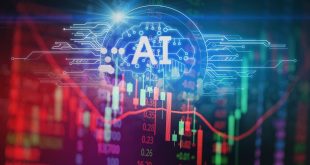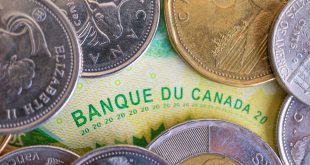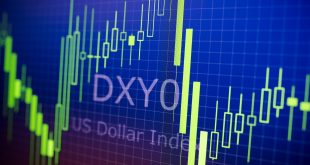The US economy is navigating a challenging landscape in April 2025, as evidenced by the latest S&P Global Flash PMI data, which reveals a significant slowdown in business activity alongside intensifying inflationary pressures. The manufacturing PMI edged up to 50.7 from 50.2 in March, surpassing expectations of 49.1 and indicating marginal expansion. In contrast, the services PMI dropped to 51.4, falling short of the 52.6 forecast and declining sharply from 54.4 the previous month. The composite PMI, which blends manufacturing and services, fell to 51.2 from 53.5, reflecting the slowest growth since December 2023 and suggesting an annualized economic growth rate of approximately 1.0%. These figures underscore a broader deceleration in economic momentum as the second quarter begins.
Manufacturing activity has been hampered by a confluence of factors, including tariffs, economic uncertainty, supply chain bottlenecks, and weakening export demand. The sector’s stagnation highlights vulnerabilities, with new orders barely growing and employment levels remaining nearly flat. The services sector, traditionally a cornerstone of US economic growth, also experienced a notable pullback, driven by reduced demand for exports such as travel and tourism. Business confidence has plummeted to its lowest level in over a year, with both manufacturing and services sectors citing concerns over recent government policies, particularly tariff implementations. This erosion of optimism raises doubts about the economy’s resilience in the face of ongoing challenges.
Inflationary pressures are compounding the economic slowdown, posing a dilemma for policymakers. Tariffs have emerged as a primary driver of rising costs, alongside increasing labor expenses due to a tight labor market. The PMI data indicates that selling prices across industries surged at the fastest pace in over a year, with manufacturing prices rising at the steepest rate in nearly two and a half years. Notably, input prices reached their highest level since August 2022, signaling persistent cost pressures. These trends suggest that consumer inflation may accelerate in the coming months, complicating the Federal Reserve’s efforts to balance price stability with economic growth. The combination of higher costs and subdued demand has led to cautious hiring, with employment growth stalling as firms brace for uncertainty.
The interplay of slowing growth and rising prices places the Federal Reserve in a precarious position. While the economic slowdown might typically prompt consideration of interest rate cuts, the uptick in inflation—driven by tariffs and labor costs—may force the Fed to maintain or even tighten monetary policy. This dynamic could exacerbate challenges for businesses and consumers alike, particularly if export demand continues to weaken and domestic costs keep rising. As the US economy contends with these headwinds, the path forward remains uncertain, with policymakers and businesses closely monitoring incoming data to navigate this complex environment.

 Noor Trends News, Technical Analysis, Educational Tools and Recommendations
Noor Trends News, Technical Analysis, Educational Tools and Recommendations




